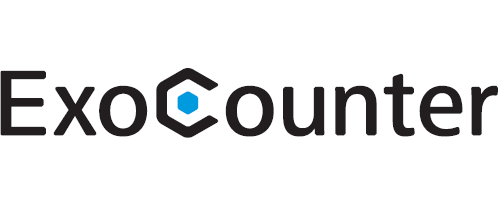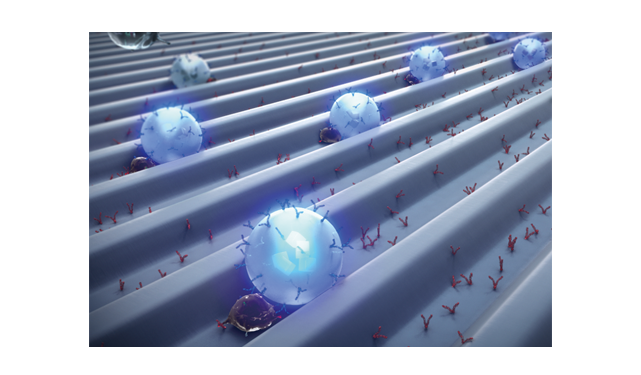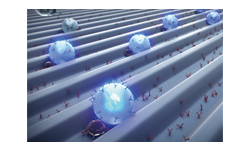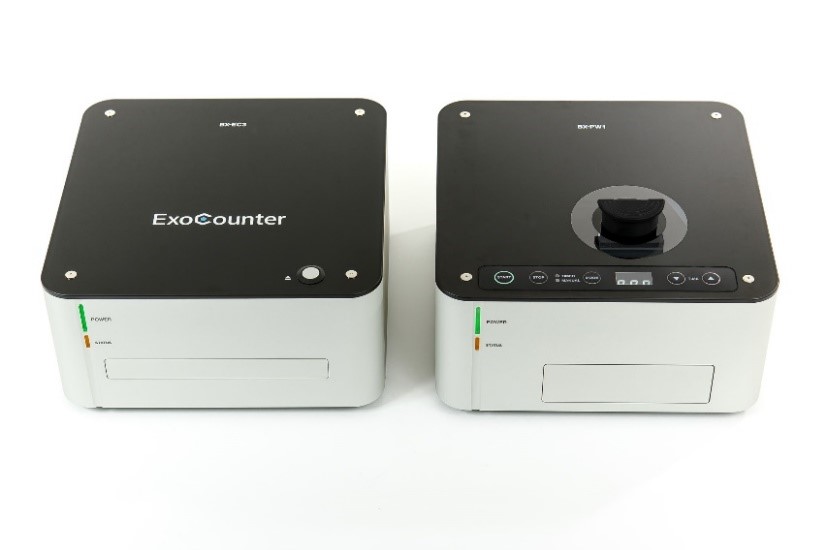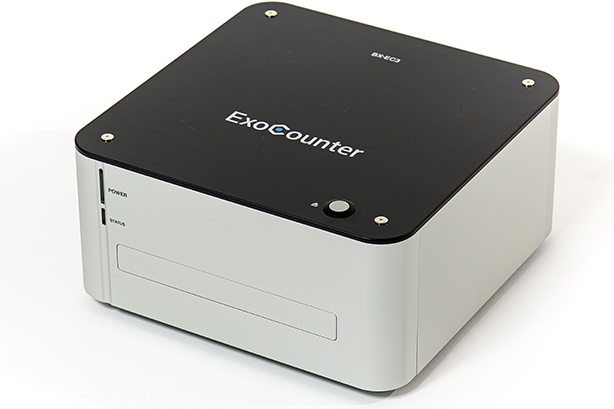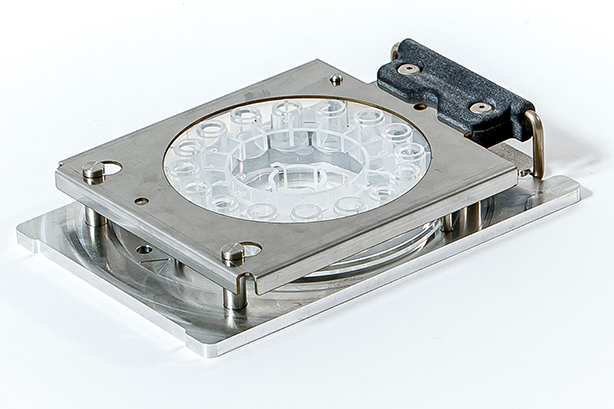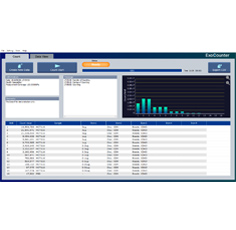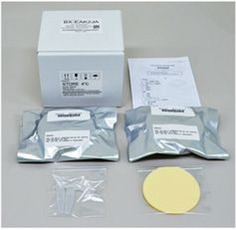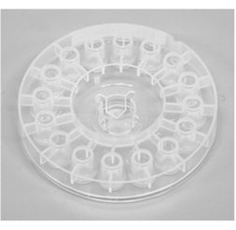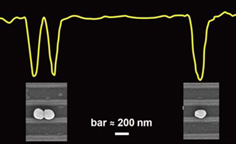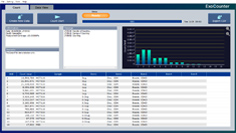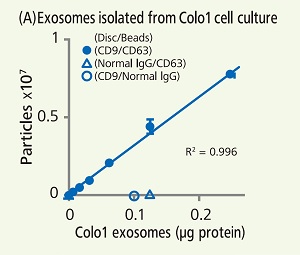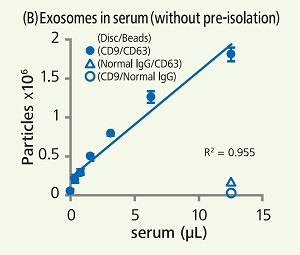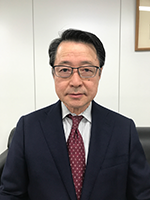
Tokyo Medical University
TMU · Department of Nanoparticle Translational Research
My research group is working on developing nano-sized latex beads (SG beads) and magnetic nano-beads (FG beads) that can be used in bio-separators and next-generation biosensors, as well as enhancing their functionality in various applications. We have been undergoing collaborative research with not only academic partners but also industrial partners, seeking to move from basic research to developing practical applications. Our innovative nanobead technology has the ability to identify proteins that bind to pharmaceuticals, and contributes greatly to the field of chemical biology. The most impactful achievement of our research to date was the identification of cereblon, the protein that thalidomide binds to, demonstrating the mechanism of the harmful side effects of thalidomide. We provided evidence that cereblon is the cause of the teratogenesis that occurs by thalidomide. Based on this research, we discovered that thalidomide derivatives that bind to cereblon showed anticancer effects, paving the way for the strategic development of next-generation anticancer drugs.
ExoCounter, which was developed by JVCKENWOOD, uses FG beads as probes for bio-sensing, and detects individual exosomes with specific surface markers. In this system, the similarity of the sizes of exosomes, FG beads and nanostructures of the optical disc used for exosome immobilization ensures high detection precision. In addition, the magnetic material in FG beads enhances the detection signal, which enables high-sensitive detection. This is an outstanding example of the utilization of the properties of FG beads in a new field. Exosomes are currently an important subject of research for various diseases, such as cancer. Exosomes also have great potential for the development of new diagnostic and therapeutic technologies for personalized medicine. I strongly expect that ExoCounter will greatly contribute to the field of exosome research by enabling the accurate quantification of exosomes in various samples.
